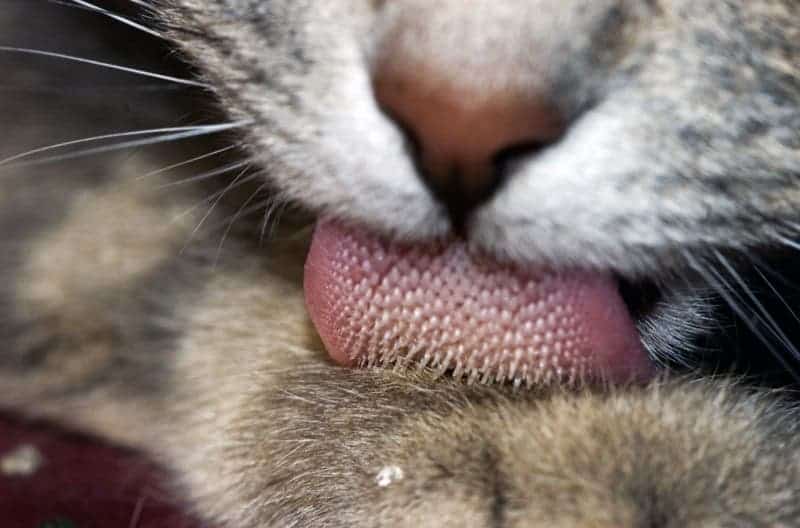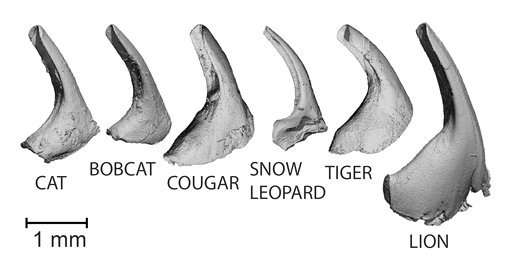Cat’s scaly tongues are actually very, very good at cleaning fur. So good, in fact, that they could teach our doctors and engineers some tricks, a new study reports.

Feline owners out there will know that their pet’s tongue can be really scratchy — especially when they’re grooming. One team of researchers from Georgia Tech wanted to know why. Their research reveals how the rough tongues help cats clean their thick fur and cool down on hot days.
Rough around the middle
“Their tongue could help us apply fluids, or clean carpets, or apply medicine” to hairy areas on our body, says lead researcher Alexis Noel.
The secret behind the feline tongue’s roughness — and its superb cleaning ability — is a layer of tiny hooks that cover the surface. These hooks have groove- or scoop-like structures that help them drive saliva deep into the fur. They’re really effective at it, too. The team says these structures can help inspire new inventions for a wide range of application. Noel himself is already seeking a patent for a 3D-printed, tongue-inspired brush.
Cats, when not busy presenting us with dead presents, spend a lot of time grooming their fur; around a quarter of their waking hours are invested in personal hygiene, the team reports. Given how thick their fur can get, and how hard licking it clean seems to be, this isn’t really surprising at first glance. However, Noel’s curiosity was piqued when she witnessed her cat getting its tongue stuck in a fuzzy blanket. She wondered why her pet’s tongue is covered in those cone-like bumps. Luckily for us all, her lab has a background in animal-inspired engineering — so she set out to find the answer.
The team started by taking computerized tomography (CT) scans of cats’ tongues. This step revealed that the ‘cones’ are, in fact, hooks shaped much like a cat’s claws. They typically lie with their barbs pointing towards the neck (i.e. out of the way), until a certain tongue muscle springs into action. At that point, the spines spring straight up.
What really surprised the team, however, was that these spines (called papillae) contain hollow scoops. The researchers obtained preserved feline tongues (from zoos and taxidermists) to study — bobcats, cougars, snow leopards, lions, and tigers all share this trait, the team explains. Papillae were only slightly longer in lions than in housecats, although the tongues of larger felines hold many more such structures.

Image credits Alexis Noel / Georgia Tech.
When dabbed with drops of food dye, these spines absorbed the liquid. Noel’s team estimates that a housecat’s papillae (roughly 300) hold saliva and release it when pressed against fur — and ensure that the animal can thoroughly clean its mane. Lab tests with a machine that the team constructed to mimic the strokes of a cat’s grooming showed that saliva from the tongue’s surface alone simply can’t penetrate as deep.
The team also measured cat fur. Our pets are usually quite fuzzy since their manes try to trap as much air as possible to insulate the animal. When compressed, however, the thickness of fur matches the length of these spines in many types of cat, the paper adds. One exception is Persian cats with their super-long fur that veterinarians caution must be brushed daily to avoid matting.
Finally, these spines aren’t just about staying clean — a thermal camera showed evaporating saliva cooled the cats as they groomed.
The paper “Cats use hollow papillae to wick saliva into fur” has been published in the journal Proceedings of the National Academy of Sciences.
Was this helpful?



